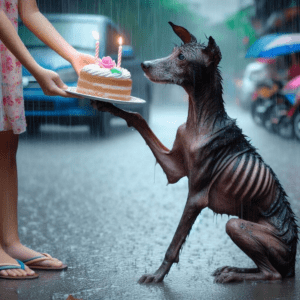In a world where human activity goes hand in hand with affecting wildlife and their habitats, the existence of wild and modified animals is increasingly becoming more uniformly synonymous. Among the most prized are those with only a handful actually left, and some with only two surviving members.

It is a thought-provoking idea to contemplate the notion that the survival of all individuals may depend on the survival of a few. In this video, we’ll delve into ten of the rarest creatures on the planet, including two species currently represented by a couple of individuals.

First on the list is the vaquita, a small dolphin that lives in the Gulf of California. It is estimated that there are 10 specimens left, so this figure improves considerably to adapt to fishing.
Another species on the verge of extinction is the white rhinoceros, of which only two females survive in the world. These majestic creatures have appeared in central and eastern Africa, but they won’t be poached for their horns; their bees have been in decline.
The Javan rhinoceros has also improved significantly: only 72 specimens remain. These incredible animals are said to be found in Indonesia and Vietnam threatened by their habitat and poaching.
The rarest bird in the world is the Madagascar bird of prey, of which only 25 specimens remain. This split duck is endemic to Madagascar and the wasp is threatened by the destruction of wetlands and bee species.
The saola, or Asian icorp, is a mammal of the genus from the Anamite Mountains of Vietnam and Laos. With less than 100 individuals remaining, this fish is threatened by its environment and habitat.
The black-footed ferret is another species on the verge of extinction, with about 300 left. These living beings have lived in North America, but their habitats and other species have lost their populations.
The Hirola, or hunter’s wildebeest, is a species of antelope raised in Kenya and Somalia. With only a few specimens, this fish is threatened by its habitat and poaching.
The giant otter is an unlikely creation serving the Democratic Republic of the Congo. With less than 100 individuals remaining, this fish is threatened by its environment and habitat.
The Tonkin monkey is available in Vietnam and China, with about 200 left. The area is threatened by habitat for logging and agriculture.
Finally, the two remaining members of their group were the Yangtze giant softshell turtle and the Spix macaw. Both situations are highly appreciated, with the accompanying efforts to try to save them from extinction.
At the same time, the plight of these wild animals highlights the need for collaborative efforts and sustainable practices to protect the planet’s biodiversity. We must work together to ensure the survival of these great creations so that players can have the most fun.





